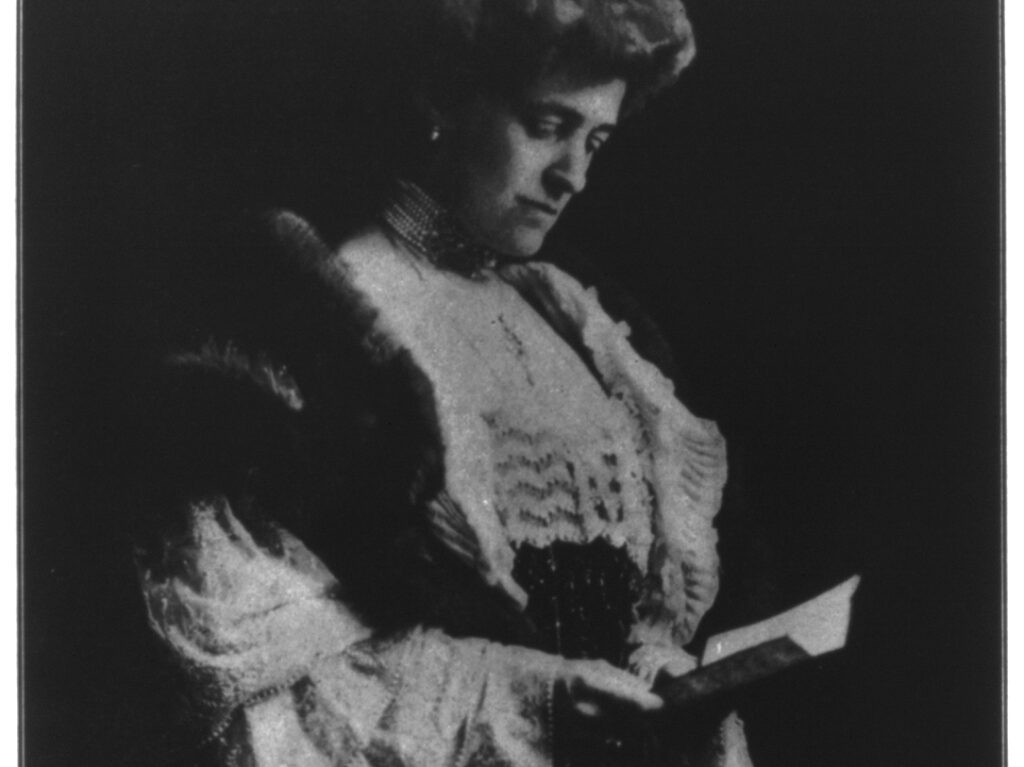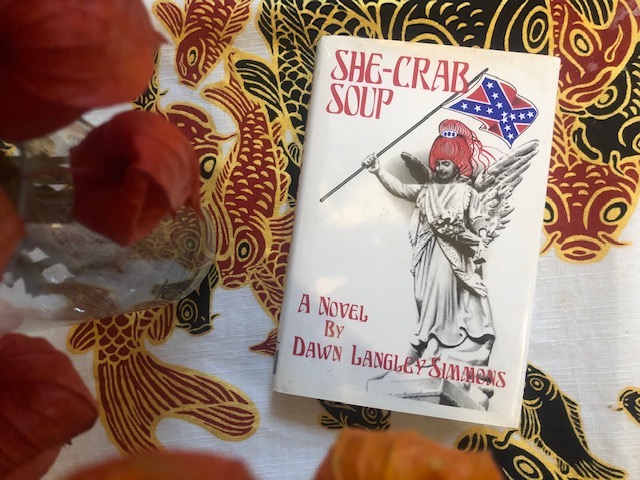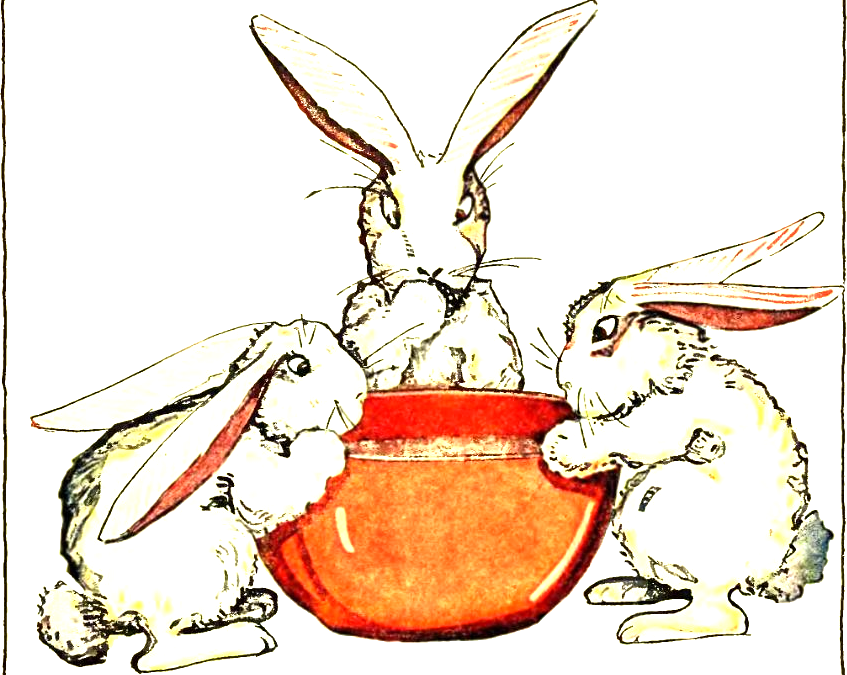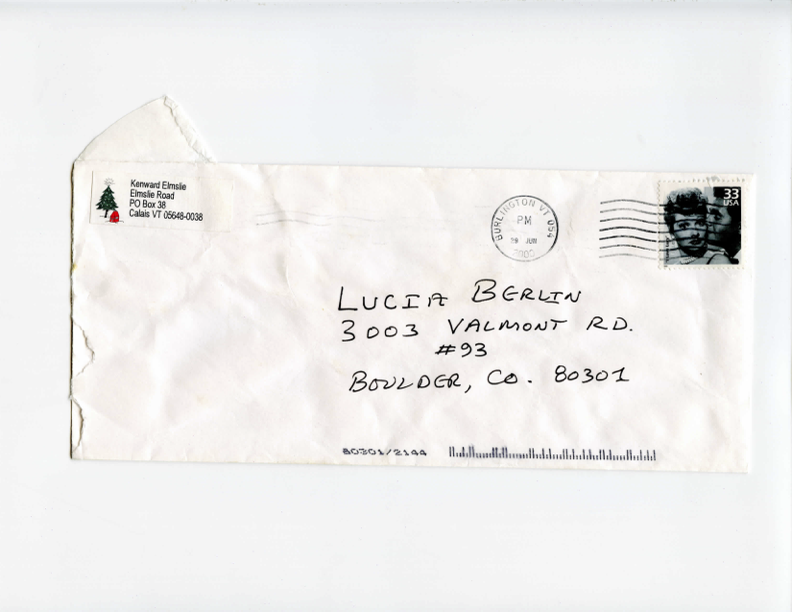DAWN KASPER, “MICHELLE FRANCO” (2003), ANNA HELWING GALLERY, CHICAGO ART FAIR. Photo courtesy of David Lewis Gallery.
Around the turn of the millennium, when she was twenty-three, the artist Dawn Kasper began picturing herself dead. Then a first-year graduate student at UCLA Arts, she was spending a great deal of time in isolation in her studio, and the rest of her time consuming material that revolved in some way around violence: video nasties, death-scene photographs by Weegee, Andy Warhol’s Death and Disaster silk screens, etc. Eventually, a nagging thought set in: However many entries she slotted into her ever-expanding mental Rolodex of female death scenes—Janet Leigh bleeding out in a motel bathtub, or Sherilyn Fenn having her pretty head cracked open in a car crash; Teri McMinn’s slender shoulders being sickeningly thumped onto a meat hook, or the sister in Catherine Breillat’s Fat Girl being slashed through with an axe—she would never have the opportunity to see her own death as a cinematic image. “I wanted to see what I looked like dead,” Kasper recalls in an email. “I began to feel afraid—not of my own mortality, but of never knowing how I might die.” It is not unusual for a first-year student, and a first-year art school student in particular, to be morbid. What was unusual about Kasper’s burgeoning obsession with death was her conviction that it might be possible to influence the circumstances of her own demise. She began to believe that if she could fake being killed in every possible scenario, she could cheat fate, as if anticipating all of death’s potential moves might neutralize them. “As a woman, I felt so out of control,” Kasper says of herself at that age. “I began to worry that I was crazy.”
I first heard about Dawn Kasper’s series Death Scenes via a fleeting mention on a podcast by the brilliant Irish critic Sean McTiernan. Curiously, I could find little in the way of documentation of the work online, save for a brief summary of the project on the artist’s Wikipedia page under the heading “Early work”: “For this series Kasper assumed a performative rigor mortis with a mise-en-scène reminiscent of B horror films and Weegee-eqsue crime scene photography.” The entry quotes art critic Rachel Mason: “For years, Dawn could be spotted, dead, at art events all over Los Angeles, in the tradition of Harold and Maude, sprawled out in an elaborate shrine to some horrific accident.” Kasper researched real accidents both as a means to ensure the visual and physical accuracy of her performances, and to exorcise her terror more completely. “I didn’t care so much about the audience,” she admits. “I wanted to feel; I wanted help. I guess looking back I was very selfish, because I just dumped all over them, and didn’t even look back or ask questions.”
Dawn Kasper, “The Motorcycle Accident” (2003), Anna Helwing Gallery. Photo courtesy of David Lewis Gallery.
If self-injury is in some way the ultimate use of the body as material, a rejection of personal safety and good sense in service of a higher and more significant goal, the act of dying (or “dying”) in public might be the most perfect and most crystalline expression of that impulse. Other artists have come close. The famous poet and performer Bob Flanagan—who suffered from cystic fibrosis, and who claimed that his passionate love of S&M was what allowed him to outlive his terminal prognosis by two decades—gestured to his imminent death again and again in his work, with coffins and obituaries and hospital beds recurring as motifs. In his ideal artwork, he informs the audience in the 1997 documentary Sick, “I’d be buried with a video camera … in a tomb,” with a connection from the camera to a video monitor. The piece would be called The Viewing, “and every so often someone [could] walk into the room and turn on a switch, and see how I’m progressing.” Doctors had told Flanagan that he would die at twenty-five, right around the age Dawn Kasper was when she first became obsessed with recreating her own hypothetical expiry. If her youthful mania was about prevention, Flanagan’s felt more like goading, a seduction. “I keep thinking I’m dying, I’m dying,” he wrote in his diaristic book of sickness, The Pain Journal. “But I’m not, I’m not—not yet.” Both artists have channeled a sense of terrible helplessness into a form of personal and creative empowerment, the results provocative precisely because they beckon something we are naturally inclined to avoid.
Copyright
© The Paris Review



















